
How to Switch Career from Business Analyst to Data Analyst
Oct 09, 2025 4 Min Read 1857 Views
(Last Updated)
Are you a Business Analyst contemplating a transition into data analytics? How can your current skills pave the way for a successful career as a Data Analyst?
You’re not alone. Many professionals find themselves at this crossroads, recognizing the growing demand for data-driven decision-making and the lucrative opportunities it presents. The good news is that your experience as a Business Analyst provides a solid foundation for this transition.
In this guide, we’ll explore the steps to successfully switch your career from Business Analyst to Data Analyst, highlighting the overlapping skills, areas for development, and actionable strategies to make your career pivot seamless and rewarding.
Table of contents
- Understanding the Transition from a Business Analyst to a Data Analyst
- Key Skills to Develop for the Transition
- SQL (Structured Query Language)
- Python:
- R:
- Build a Portfolio to Showcase Your Skills
- Personal Projects
- Case Studies: Tell a Complete Analytical Story
- Showcase Your Technical Prowess
- Display Thought Leadership
- Leverage LinkedIn
- Tips to Apply to Data Analyst Positions
- Tailor Your Resume for Each Role
- Use Keywords from Job Descriptions
- Showcase Your Portfolio
- Target Entry-Level or Junior Data Analyst Roles
- Leverage LinkedIn
- Apply Through Referrals Whenever Possible
- Sign Up for Job Alerts on Multiple Platforms
- Follow Up After Applying
- Prepare for Interviews Proactively
- Wrapping Up
- FAQs
- Is it common to switch from Business Analyst to Data Analyst?
- How long does it take to transition to a Data Analyst role?
- What industries hire Data Analysts?
- Can I leverage my Business Analyst experience in a Data Analyst role?
Understanding the Transition from a Business Analyst to a Data Analyst
Before diving into the transition process, it’s essential to understand the distinctions and overlaps between the two roles.
Who is a Business Analyst
- Focuses on identifying business needs and determining solutions to business problems.
- Engages in requirements gathering, stakeholder communication, and process modeling.
- Utilizes tools like Excel, PowerPoint, and business process modeling software.
Who is a Data Analyst
- Concentrates on interpreting data to help organizations make informed decisions.
- Involves data cleaning, statistical analysis, and data visualization.
- Employs tools like SQL, Python, R, Tableau, and Power BI.
The intersection:
- Both roles require strong analytical thinking, problem-solving skills, and the ability to communicate insights effectively.
- Familiarity with business operations and objectives is crucial in both positions.
Understanding these similarities and differences can help you identify which skills to leverage and which new competencies to acquire.
Key Skills to Develop for the Transition
Making the move from Business Analyst to Data Analyst requires a strategic focus on data-centric tools, programming languages, and analytical thinking. While both roles analyze data for business decisions, the Data Analyst role is far more technical and hands-on with raw datasets. Below are the core skills you’ll need to master to make a successful transition:
SQL (Structured Query Language)
SQL is the backbone of data analysis. As a Data Analyst, you’ll work with large datasets stored in relational databases like MySQL, PostgreSQL, or Microsoft SQL Server.
- Start with basics: Learn to write simple queries to retrieve data.
- Advance further: Understand joins, nested queries, window functions, and data manipulation techniques.
- Most companies rely on SQL for data extraction, and strong SQL skills are often a non-negotiable requirement.
Recommended Tools: DB Fiddle, Mode Analytics, SQLZoo
2. Programming Languages (Python or R)
Unlike Business Analysts, Data Analysts are expected to manipulate and analyze data programmatically. Two languages dominate this space:
Python:
- Used widely in the industry for data wrangling, automation, and visualizations.
- Key libraries to learn:
- Pandas (data manipulation)
- NumPy (numerical computing)
- Matplotlib & Seaborn (visualization)
- Scikit-learn (basic machine learning)
- Pandas (data manipulation)
R:
- Preferred in research-heavy or academic environments.
- Known for powerful statistical analysis and high-quality visualizations using ggplot2, dplyr, and Shiny.
As a Business Analyst, you may already be familiar with dashboards. But as a Data Analyst, you’ll be expected to build scalable, interactive visualizations that help decision-makers understand trends and anomalies in data.
- Learn tools like:
- Tableau: Great for storytelling with data using interactive charts.
- Power BI: Microsoft’s business intelligence tool that integrates with Excel and SQL Server.
- Tableau: Great for storytelling with data using interactive charts.
Tip: Create a portfolio of dashboards to showcase your skills.
4. Statistical Knowledge
Data Analysts need a strong grip on statistics to draw meaningful insights from data.
- Focus on:
- Descriptive statistics (mean, median, mode, standard deviation)
- Probability distributions
- Hypothesis testing (t-tests, chi-square tests)
- Regression analysis (linear & logistic)
- Descriptive statistics (mean, median, mode, standard deviation)
This is crucial for identifying patterns, validating trends, and making predictions.
5. Excel (Advanced)
Excel remains a powerful tool in data analysis, especially for quick computations and small datasets.
- Go beyond the basics:
- Master PivotTables, VLOOKUP/XLOOKUP, IF formulas, and Index-Match.
- Use Data Analysis ToolPak for regression and descriptive stats.
- Learn to automate with Power Query and basic macros.
- Master PivotTables, VLOOKUP/XLOOKUP, IF formulas, and Index-Match.
Excel proficiency remains highly valuable, especially in industries that use it heavily like finance, HR, or sales analytics.
Build a Portfolio to Showcase Your Skills
In a data-driven job market, a strong portfolio often speaks louder than a resume, especially when you’re transitioning roles. It not only proves your technical expertise but also demonstrates your problem-solving mindset, business understanding, and communication skills. Here’s how to build an impactful data analyst portfolio:
Personal Projects
Start with real-world, publicly available datasets. These projects demonstrate your initiative and ability to work independently.
What you can do:
- Analyze sales performance across regions
- Forecast customer churn using historical data
- Study COVID-19 trends by country and visualize them
- Conduct sentiment analysis on Twitter data
Where to find datasets:
- Kaggle
- Google Dataset Search
Tip: Choose projects aligned with your target industries (e.g., e-commerce, finance, healthcare).
Case Studies: Tell a Complete Analytical Story
Go beyond just visuals, document how you approached the problem like a real-world analyst.
What to include:
- Business Problem: What was the goal or question?
- Data Source: Where and how did you gather data?
- Cleaning & Exploration: Highlight key trends, missing data handling, and outliers.
- Analysis Tools: Python, SQL, Excel, Tableau, etc.
- Insights & Recommendations: Provide data-driven suggestions that add business value.
Use storytelling to make your analysis digestible for non-technical stakeholders.
Showcase Your Technical Prowess
GitHub is more than just a code-hosting platform; it’s your technical portfolio.
Best practices:
- Upload Jupyter notebooks or Python scripts with clean, commented code.
- Create a README.md file summarizing the project, methodology, and results.
- Organize your projects in folders (e.g., SQL Projects, Tableau Dashboards, Python Analysis).
- Use version control (commits) to show ongoing learning.
Hiring managers often look at GitHub to assess your coding style and logic.
Read more: Data Analyst Career Roadmap – Skills, Projects, and Tools You Actually Need
Display Thought Leadership
Writing about your projects shows your communication skills and helps recruiters understand your analytical mindset.
For example, you can write about topics like:
- “How I Predicted Customer Churn Using Python”
- “A Beginner’s Guide to Data Visualization in Tableau”
- “Lessons Learned from My First SQL Data Cleaning Project”
- “Business Analyst to Data Analyst: My Career Transition Journey”
Tip: Use platforms like Medium, Hashnode, or Dev.to to publish your work.
Leverage LinkedIn
LinkedIn is more than just a job board, it’s a powerful platform to build your brand and attract recruiters organically. One of the most effective ways to build visibility as a transitioning Data Analyst is by posting short, value-driven content about your journey and work.
Employers don’t just want candidates who know tools, they want people who can think critically, tell stories with data, and drive decisions. A portfolio helps bridge the credibility gap for anyone making a career switch, especially from Business Analyst to Data Analyst.
Tips to Apply to Data Analyst Positions
When you’re ready to apply for Data Analyst roles, follow these simple tips!
Tailor Your Resume for Each Role
- Highlight relevant technical skills (SQL, Python, Excel, Tableau).
- Emphasize transferable experience from business analysis (data interpretation, stakeholder communication).
- Use action verbs and quantify achievements (e.g., “Increased reporting efficiency by 30% using automated dashboards”).
Use Keywords from Job Descriptions
- ATS (Applicant Tracking Systems) scan for specific keywords.
- Include tools and skills mentioned in the job post (e.g., “data wrangling,” “data visualization,” “A/B testing”).
Showcase Your Portfolio
- Include links to GitHub, Tableau Public, or Medium articles in your resume.
- Mention projects similar to the company’s industry (e.g., if applying to a retail firm, highlight your sales or customer behavior project).
Target Entry-Level or Junior Data Analyst Roles
- Look for roles labeled as “Junior,” “Associate,” or “Entry-Level.”
- Don’t hesitate to apply even if you don’t meet 100% of the listed requirements.
Read more: Top 35 Data Analyst Interview Questions and Answers [2025]
Leverage LinkedIn
- Optimize your LinkedIn profile with a headline like “Aspiring Data Analyst | Skilled in SQL, Python & Tableau | Transitioning from Business Analysis.”
- Connect with Data Analysts, recruiters, and alumni.
- Engage with data-related posts and share your project work.
Apply Through Referrals Whenever Possible
- Reach out to current employees on LinkedIn and ask for a brief chat or informational interview.
- A referral can significantly increase your chances of landing an interview.
Sign Up for Job Alerts on Multiple Platforms
- Use LinkedIn, Indeed, Naukri, Glassdoor, and Instahyre.
- Filter by “Remote,” “Entry-Level,” and specific tools you’re skilled in.
Follow Up After Applying
- If you haven’t heard back in 1–2 weeks, follow up with a short, professional message to the recruiter or hiring manager (if available).
Prepare for Interviews Proactively
- Practice common data analyst interview questions (technical + business case questions).
- Be ready to explain your career switch confidently.
- Stay consistent and don’t give up!
Need Help? HCL GUVI’s Zen Class in Data Science Course is designed exactly for beginners like you who want a clear, practical path to becoming job-ready.
Unlike theory-heavy courses, this program is project-driven and hands-on. You’ll learn essential tools like Python, SQL, and data visualization, work on real-world datasets, and build a portfolio that stands out to recruiters.
Wrapping Up
Transitioning from a Business Analyst to a Data Analyst is a strategic move that aligns with the evolving data-centric landscape of today’s industries. By building upon your existing analytical skills, acquiring new technical competencies, and actively engaging with the data community, you can successfully navigate this career shift.
Remember, the journey requires dedication, continuous learning, and adaptability. Embrace the process, and you’ll find yourself well-equipped to thrive in the dynamic field of data analytics.
FAQs
Is it common to switch from Business Analyst to Data Analyst?
Yes, many professionals make this transition due to the overlapping skill sets and the increasing demand for data-driven decision-making.
How long does it take to transition to a Data Analyst role?
The timeline varies based on individual circumstances, but with dedicated effort, many make the switch within 6 to 12 months.
What industries hire Data Analysts?
Data Analysts are in demand across various sectors, including finance, healthcare, retail, technology, and more.
Can I leverage my Business Analyst experience in a Data Analyst role?
Yes, absolutely. Your understanding of business processes and stakeholder communication earned through a business analyst role is valuable in interpreting data to drive business decisions.



























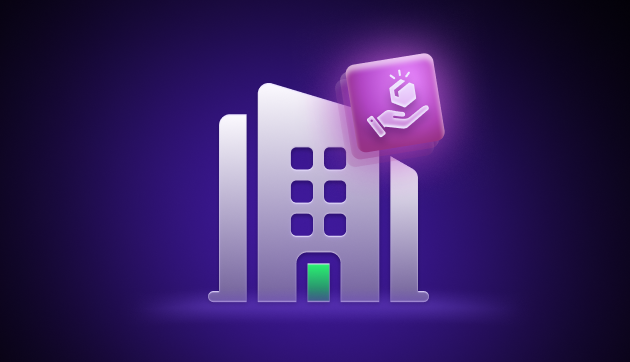
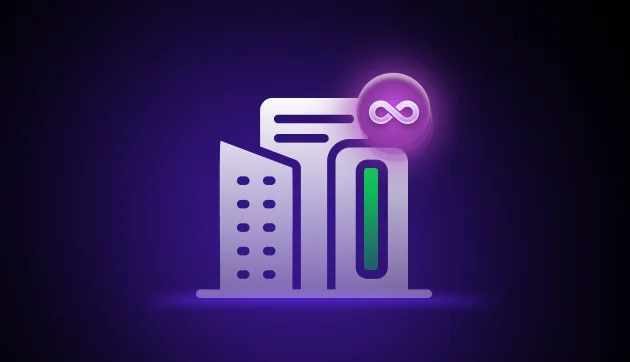
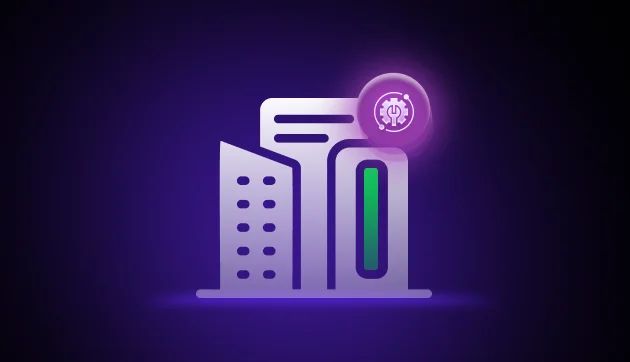
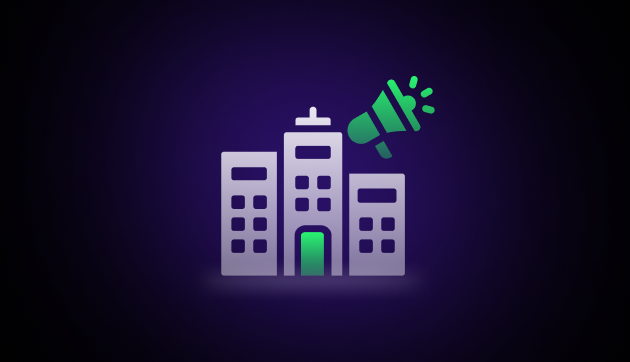
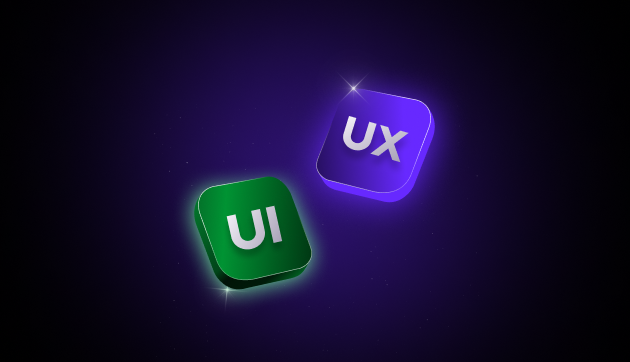




Did you enjoy this article?